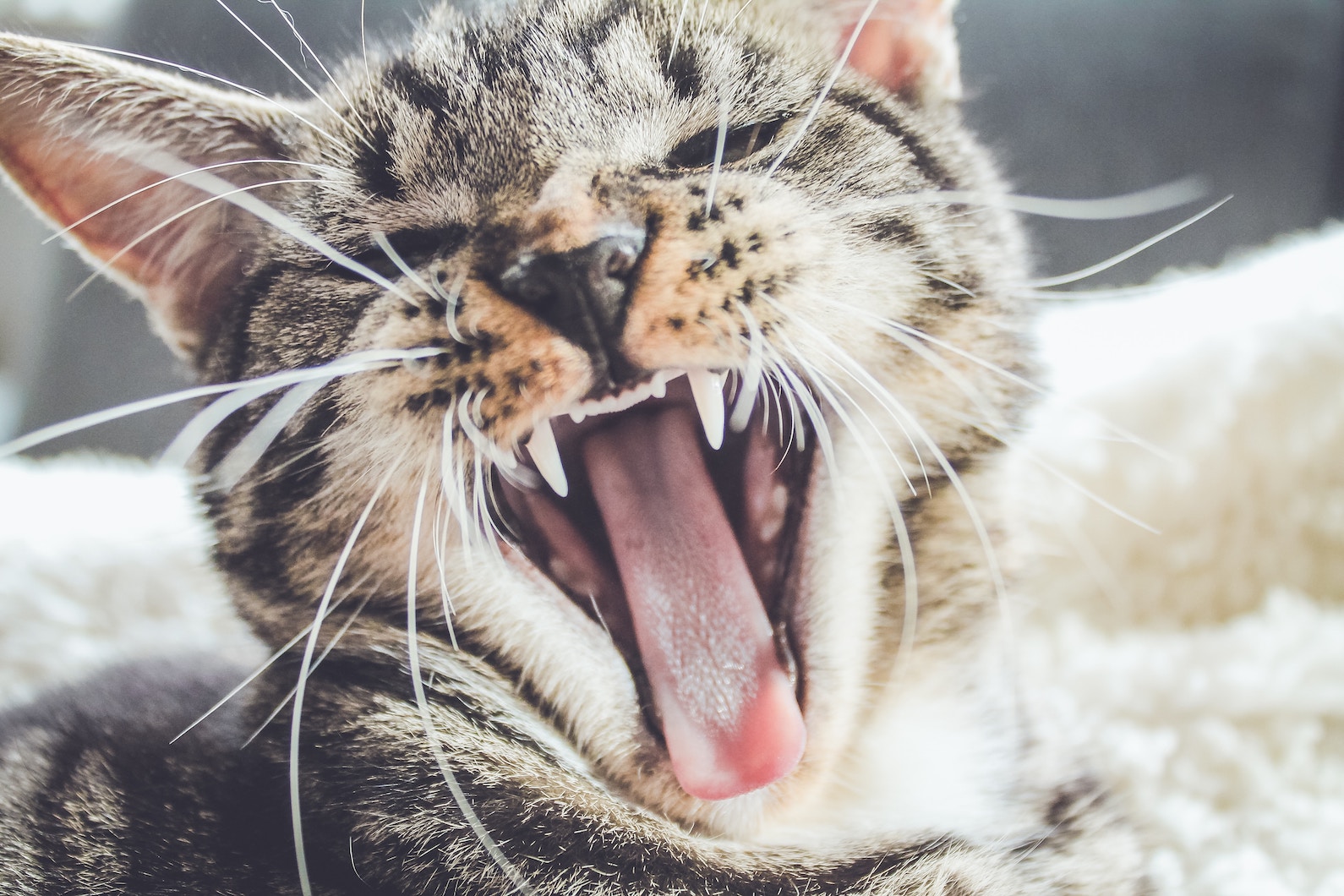Imagination seems to require a connection to the child within, the child who asks with curiosity, “why not?” Or even, “what if?” The inquisitive child who hears the quiet murmur of trees or connects indiscriminately with animals. Where does this magical ability come from and why do some people seem to have more of it? Read on to learn more about where imagination comes from and how it relates to consciousness.
Where Does Imagination Come From?
Imagination is deeply connected to the capacity for emotional connection, communication, and cognitive abilities—it actually evolved as a survival mechanism and involves complex cognitive abilities. Next, the quest to understand its origins leads to consciousness. How is imagination connected to consciousness? Is the ability to imagine greater in children? Do we lose it in adulthood? Do adults squelch it in children? Is it unique to the human species?
How Does Imagination Relate to Consciousness?
Often, people with imaginative minds are thought to be living “in the clouds” (and in reality). Yet, research on perception questions reality itself and thus, the power of the imagination. In Your Brain Hallucinates Your Conscious Reality, Anil Seth states that “we don’t just passively perceive the world, we actively generate it. The world we experience comes as much, if not more, from the inside out as from the outside in.”
Seth’s research suggests that “our conscious experiences of the world around us, and of ourselves within it, are the kinds of controlled hallucinations that happen with, through and because of our living bodies.” What you perceive as reality is a construction of your brain, including your memories and imagination.
What does this mean for our understanding of consciousness? Well, it is subject to the experience—and neuroses— of the individual. And, as Seth shares, unlikely to be replicated in artificial intelligence. There is still much to uncover: in 2019, New Scientist reported that people with extreme imaginations are helping to explain consciousness in a new, ongoing study. In the meantime, we can learn from the imaginations of children and maybe even other species.
Children and Imagination
Children spend up to two-thirds of their time in non-reality or imaginative play. The use of imagination in early childhood is critical for emotional and cognitive development: it is how children learn to process emotions, cultivate empathy, and solve problems, among other skills. It is where children learn to navigate the world and their relationship to it.
Imaginative Play Builds Empathy
According to the Telegraph, imaginative play allows children to “explore both the physical world and the inner self at the same time.” Between the ages of three and four, children begin to attach words to emotions. Imaginative play provides children with an opportunity to process their feelings. It fosters “co-operation, empathy, and appreciation of others’ feelings.”
Imaginative Play Supports Cognitive Development
In “Pretend Play,” Deena Skolnick Weisberg states that imaginative play is connected to “important cognitive and social skills, such as symbolic thinking, theory of mind, and counterfactual reasoning.” Pretend play “emerges early and consumes a large portion of young children’s unstructured time.” Actually, children start pretending in early infancy, around 19 months, but they don’t know that they are pretending until around age four.
Most likely, adults can learn from children when it comes to imaginative play—and reap similar social and cognitive benefits. Now, for a few pressing questions for adults and parents.
Are Adults Less Imaginative?
In short, yes. Based on a NASA study, Inc. states that you are 96 percent less creative than you were as a child. And, the data from this study gets scarier when we look at creativity in children.
Do Adults Kill Imagination in Children?
Inc. reported on a NASA study that found that of “1,600 4- and 5-year-olds, 98 percent scored at ‘creative genius’ level.” But, surveying the same group of children, this number dropped to 30 percent 5 years later and only 12 percent 10 years later. Only two percent of adults scored at the genius level. The study suggests the education system—and the focus on one “right” answer—as the source of the decline in creativity. However, convergent thinking (i.e., disincentivized divergent thinking), adult feedback and direction, and a lack of free time also play a role.
Your commentary on the engineering stability of a child’s stacking toy “house” is crushing their creativity, not giving them a step up in school or life.
Sally White on Lifehack details just how adults kill children’s imaginations, from criticizing to restricting choices. In 2012, Psychology Today reported that creativity in children has been declining in the United States since roughly 1982. Researcher Kyeun Heung Kim even calls the decline a “creativity crisis.” The measure in steepest decline is creative elaboration, which is “the ability to take a particular idea and expand on it in an interesting and novel way.” The results of one study found that “more than 85% of children in 2008 scored lower on [creative elaboration] than did the average child in 1984.”
Today, children have less unstructured free time to play, dream, think, fail, or even overcome boredom—especially without adult direction or feedback. Granted, most parents are trying to protect their children (or maybe that brand new sofa), but how can we make more room for imagination and creativity for children? Hold back on the adult commentary and feedback. Let kids have their inner worlds. Give them space and freedom. Stop judging their choices (and maybe even take a cue from their open-mindedness).
Is Imagination Unique to the Human Species?
Does imagination stop with the human species? Do animals employ imagination? This is another contested subject and a critical junction on the journey toward the origins of imagination. There is the curious case of the dog that pretended to feed a frog: a dog is observed taking his toy frog to its water bowl to drink—and inspires a lot of human conjectures as a result. Does the dog know the frog isn’t real, but rather a symbol? If so, is the dog pretending to feed the frog?
In other examples, a chimpanzee with a pregnant mother treats a log like a baby or wolves use behaviors taken from mating and hunting in order to play. The article states that “the extent to which animals are able to make-believe is probably similar to the way that a child younger than age four can pretend.” While it is likely that they are engaging in imaginative play, whether they know they are pretending remains unanswered. As we learn more about how animals interact and communicate, we may find that humans aren’t as unique as we like to think.
The Imagination-Consciousness Connection
Imagination is irrevocably interconnected with consciousness: perception is a construction of the mind that relies on the imagination. And, our understanding of the imagination in children and other species opens doors for further discovery on the imagination-consciousness connection.
A Call for Imaginative Play
We don’t know its origins or what truly sparks the imagination. Yet, the expansive experience of the imagination is not an ability privy only to children. It is imperative for every human to practice imaginative play and cultivate imagination. The wonder inspired by imagination is a powerful connecting experience between people—and with the challenges humans are facing, a needed tool for innovation. So, pick up your banana phones and start playing!


















